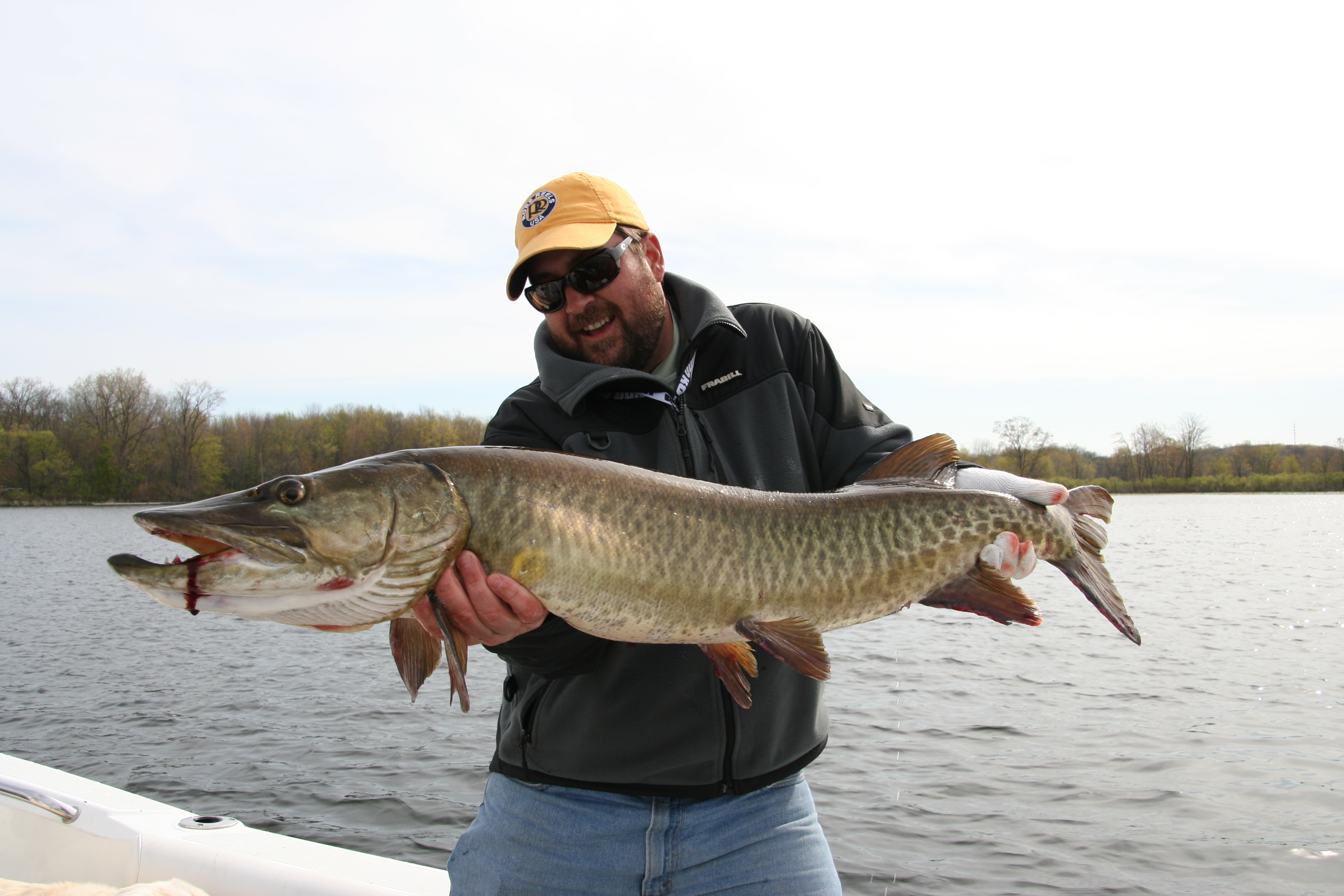In my last column, I told of a day this summer when I golfed and later that day bluegill fished with a friend. I outfished him. Now normally this would be a good thing, but not if you want to maintain a friendship. Golfing and fishing are similar in that small adjustments make a big difference. The devil, or angel, is truly in the details.
My friend lives out of town and was visiting for the day. We had played 18 at Country Oaks Golf Course near Montgomery, and now later in the afternoon we were at West Boggs, a nice fishery just north of Loogootee. For whatever reason, probably the abundant grass and fertile water, the fish population does well even under heavy angler pressure.
After locating some much-needed shade, we started fishing at about four in the afternoon. We were in a spot I had done well on before, so I knew there was potential. It was a point with submerged stumps about 8-12 feet deep near the bank. I cast my mealworm out with the float set about five feet deep, and I started to catch a few, mostly small gills but with an occasional keeper. He sat and watched his bobber, rather glumly. This pattern continued for several minutes.
Eventually, I realized some things about what he was doing, the silence was getting awkward, and I gave in and discussed some adjustments with him. He caught a few fish then. The issue mentioned last time was that he would leave his bait in one area, while I moved mine around. Covering more water just makes sense.
Cast, wait a few seconds, pull the bait a foot or so very slowly, repeat, and you'll get more attention. There may be times when leaving it in one spot can work, maybe during the spawn. Generally, move the offering around some, looking for the right spot. The action of working the bait helps keep you alert too. He also wanted to see his bobber go under. Frequently, these bluegill just moved it slightly one way or the other.
My friend's next issue: bobber too large. Bluegill, even big ones, can be very finicky about moving the float if there's too much resistance. Even Jaws struggled a little with submerging Quint's yellow barrels. Solution: Use the smallest bobber that's visible, easy to cast, and that will float the bait. I like the weighted ones because they cast distances easier. Often fish I was catching would not pull the bobber under, only move it slightly to the side. Sometimes bluegill, mainly big ones, eat the bait without moving it at all. Good eyesight and paying attention are small but important details. You can't be inattentive bluegill fishing, and don't wait until the bobber submerges to set the hook.
Next issue: hook size. I like a no. 6 gold hook for bluegill. The longer shank makes hook removal easier, and the color is an attractant. His hook was too large, even for bluegill, and the short shank caused him to miss fish or let them swallow the bait too deeply, making it hard to remove. Lots of folks use bluegill or crappie hooks that are too large. Small needle-nose pliers are a must for hook removal. A blue surgical glove will help you avoid fin cuts.
Next issue: casting smoothness. My friend had an open-faced spinning reel. I have never been a fan of that type, but I see TV pros using one all the time. To me, they seem prone to line foul-ups, and my friend was fouled up, with line going hither and yon. I doubt that he had lubricated his reel or changed line lately. I use a closed-face Bass Pro brand casting type reel called a Tiny Lite, and it has done very well. I've tried underspins of various brands in the past, and eventually they end up in the trash. After a time, the line just doesn't feed out smoothly. I also like high-quality fluorocarbon line, about six pounds. A four-pound line would be better, but at many spots, there's brush or grass that fish head for when hooked. You need enough line strength to get them moving your way. If no brush is in the way, a lighter line can work and would be better, but I don't trust it to hold when I swing a big gill into the boat. The heavier line also allows one to bend the hook with a steady pull if hung up.
Next issue: the right rod. I have two long poles, one eight feet and one 10 feet. For crappie, the 10 is nice for dunking a minnow straight down into a small hole in a brush pile. The eight is just right to be able to cast a bobber, which is set at up to about six feet deep, and the action is flexible enough that a bull bluegill will put up a big-time fight. My friend had a short spinning rod that made it awkward to cast a bobber set to the right depth. A slip bobber setup would've been an improvement. Bluegill will rise to a bait to a degree, but not if it's completely out of their eyesight. Four to five feet was the right depth. His rig was set at about two. We finished our couple of hours with 13 fish that we kept, plenty for him to take home and clean. He caught two or three. I wanted him to do better.
There are approximately 487 other factors in fishing that determine the difference between fair and good results. Successful golfing and productive fishing are dependent on many factors.
Paying attention to small details is critical.





